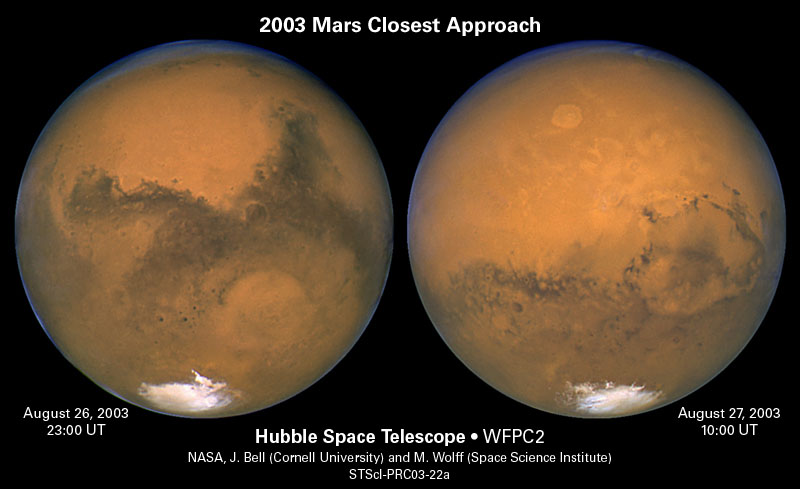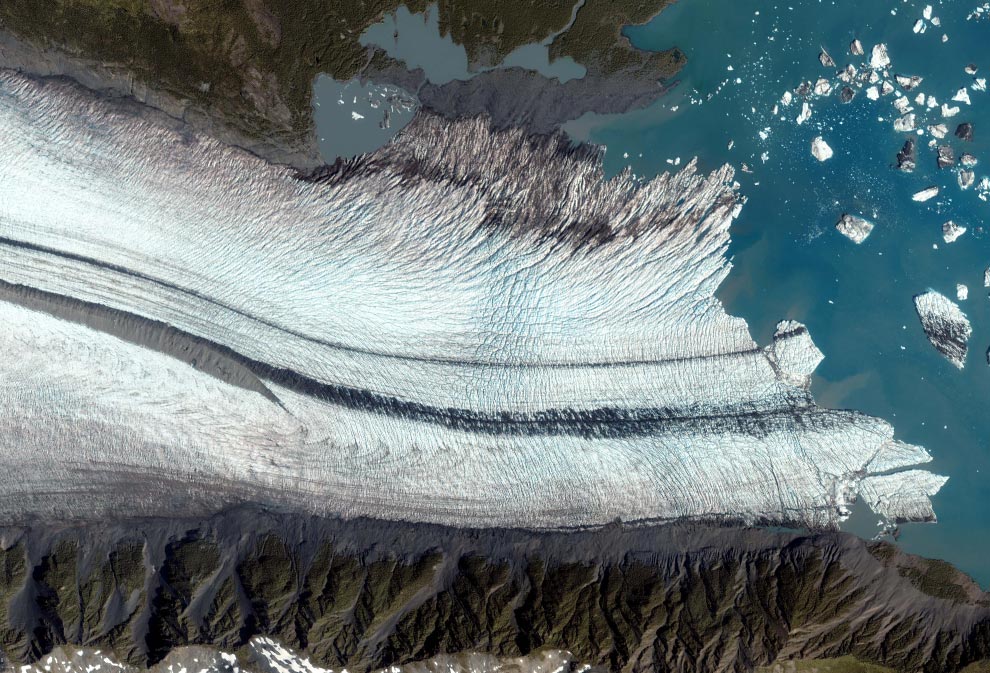(diagram courtesy of apollo.lsc.vsc.edu)
Explain: What new learning or reflections have you taken from this module?
I learned that Clay put the course participants link at the top of the class homepage. Thank you Clay.
I learned that indigenous peoples are indeed collecting data but just not quite like we learn in the Western culture. I thought it was very neat that the Inuit people were posting observations on pieces of paper onto a wall in the Inuit Observations of Climate Change video.
I also learned that biologists are using the females to access knowledge on the condition of the animals harvested. To me, this is interesting because they way I was raised was that the men kill, clean and process big game, not the women.
Also, I never even know that the Arctic Climate Modeling Program (ACMP) existed at all. If you haven't looked at the overview of the program please click on the link I provided in the previous sentence.
I found it fascinating that microbes are remaining active well into the winter months in the arctic. I have already shown soil microbes and global warming video to my Environmental Science classes today.
Extend: How might you use this week's information and resources in your lessons? What other resources can you share?
I will be showing the TD video Alaska Native Teens Help Researchers because first it shows teenagers can aid in actual research (I teach teenagers) and second I loved the very beginning of the video which shows the change of the norther polar ice cap. It is a great visual from a satellite point of view. This connects to a cool video on glacier retreat that I found on YouTube.
The Life Before Oxygen video will be a resource I use in Geology next semester as we go over the concept and activities on the geologic timeline. It made me think of black smokers and how cool I think they are. There is a downside to this video I found when I tried to show it to one of my classes, you cannot maximize the video like the others.....bummer.
Did you know they have found microbes that live on the hydrogen sulfide at extremely high temperatures. This kind of research may lead to a better understanding of early life forms on Earth. If you are interested in this type of microbiology check out the abstract on this link .
(black smoker diagram courtesy of Bergensis University)
As I was cruising the net looking for other resources on ancient and microbial life I found this link that gives a great shortened version of the history of the universe and our planet. Perhaps some of you may find it useful instead of those resources that are very detailed and long reads.
Lastly, I will be showing the videos in the Carbon Chemistry section of Clay's module to my freshman after Thanksgiving as we will be starting a Chemistry unit. If you teach a full on Chemistry course to upper classmen like I do you will find Ian Guch's website of FREE Chemistry supplements a savior.
You can get all of his materials for free or you can make a donation to his program as I chose to do because you won't find many sites like his.
Evaluate: How useful, insightful or relevant are this module's information resources?
Every week I have found at least one thing that I have used or will use. This week was a great week's module for me as far as useful resources for my classes as indicated in the "Extend" section of my blog. This is most likely easier for me because I am teaching Chemistry, Geology, Physical Science and Environmental Science this year.
Oh yeah, I almost forgot to give you guys a sweet link to an interactive Greenhouse Effect simulation. Scroll to the bottom of the webpage and you will also find printable lessons that go with the simulation. Or, you can simply project it on your Smartboard or a big screen and show the kids what happens when you manipulate greenhouse gas levels.
3 Colleagues
E.Hayes - thank you for the NASA tv link on your module V blog. I sometimes visit NASA but I didn't know they had that. Thanks
Jesse Bjorkman's blog has some funny political cartoons. I will keep checking in on your blog Jesse to see what new cartoons you have up.
Tommy you have a cool earthquake link for us Alaskans. Thanks Tommy. Very cool.






